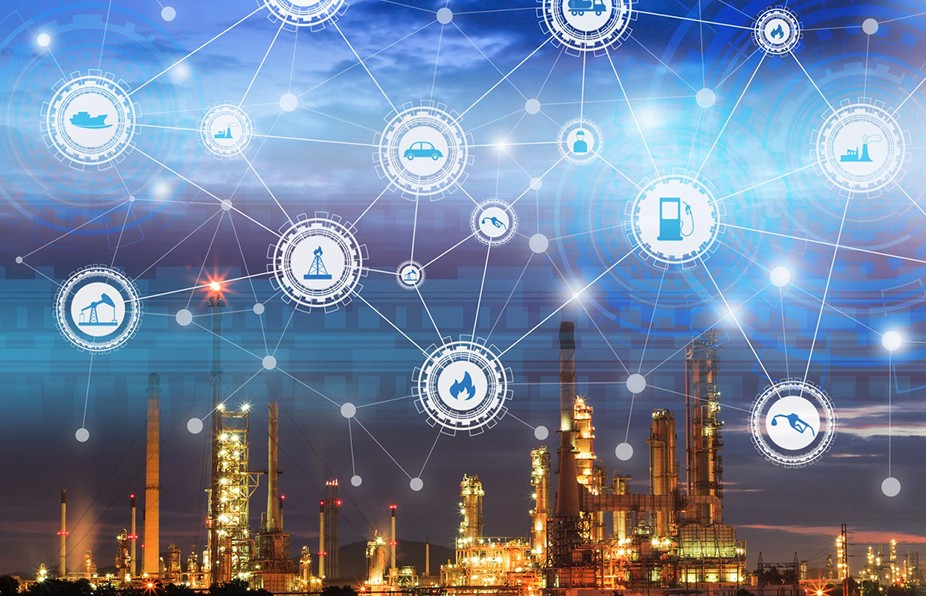
Discover how IoT is transforming oil and gas operations across the globe
To stay competitive in an uncertain market, oil and gas companies need to make better use of their data. Learn how IoT helps companies remain competitive – and drives innovation
Volatility is a constant for the oil and gas industry. This makes it difficult for oil and gas companies to predict fluctuations in demand, improve safety and efficiency and stay competitive in their own market and the renewables sector.
And as environmental disasters lead to increasingly stringent regulations, the financial cost of accident management and recovery has risen significantly over the past decade.
Add to this an ageing workforce and the loss of vital experience and skills, and it’s a recipe for disaster.
But what can oil and gas companies do to turn the tide?
Legacy approaches delay innovation
Among the biggest reasons the industry is still plagued by issues are the prevalence of traditional operations and legacy IT. Combined, these older approaches to operations can hamper productivity and innovation.
To increase operational efficiency and reduce maintenance costs, oil and gas companies need to examine how they can make the most of their existing data and increase automation. The best way to achieve this is by using data-driven insights powered by the internet of things (IoT).
Preventative analytics with IoT
Not only do IoT-connected devices enable continually evolving data analytics, but their ability to offer predictive monitoring also makes them an invaluable asset in the fight to avoid environmental disasters.
Hitachi IoT solutions can help oil and gas companies use customers’ existing data to achieve end-to-end optimisation and invaluable predictive insights – across upstream, midstream, and downstream operations.
Take pipeline leaks for example: due to their scale, they’re often difficult to detect. And an undiscovered leak can create significant downtime and environmental damage – potentially costing tens of thousands in lost productivity and fines.
However, by using a cloud-based data analytics platform that blends historical and real-time data, companies can gain advanced disaster-detection insights, and even the ability to prevent disasters from happening altogether. The solution capabilities ideally complement the consultancy skills of SIs like ATOS – together we can help them remain competitive in an evolving energy sector.
To find out more about the role of IoT in the oil and gas sector – or to learn more about specific use cases – please get in touch.
Felipe, Equinor claims there will be over 20 billion devices connected within O&G by 2020. An impressive evolution over the past 10 years. Digital twins abound and predictive analytics will take over the world. We are witnesses to the transformative revolution within many industries. Exciting times.